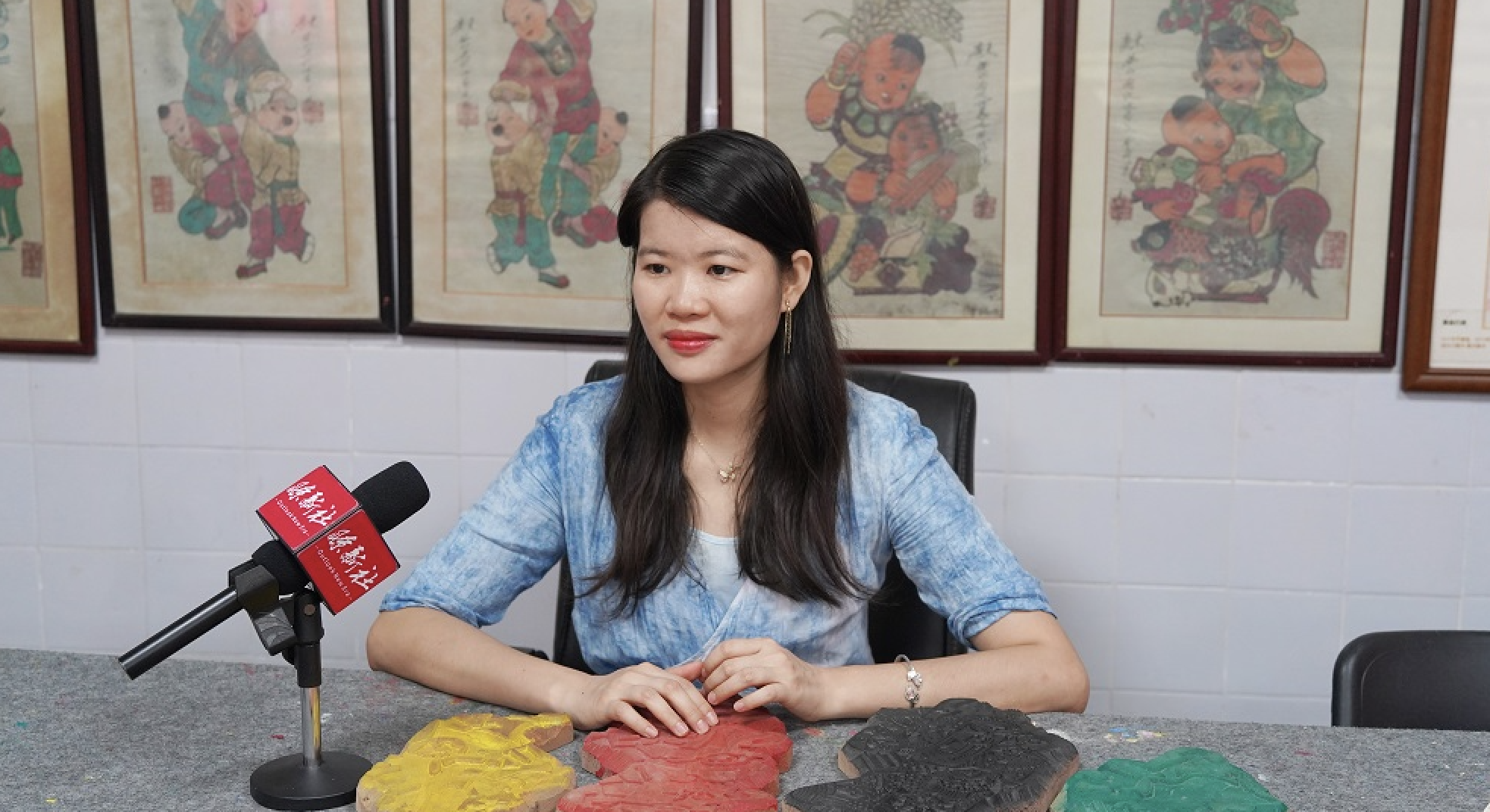
Woodblock New Year paintings are a traditional folk art form with a long history in China, spanning over a thousand years. It originated during the Wanli period of the Ming Dynasty, initially rising in the northern plains of Beijing, Tianjin, and other places, and later spreading to southern regions such as Shanghai, Suzhou, Hangzhou, and so on. Woodblock New Year paintings reached their peak in the mid to late Qing Dynasty, becoming decorative items for festivals and reflecting the rich content of Chinese folk society.
Woodblock New Year paintings are made on wooden boards through manual carving and printing. The content usually includes images of gods, immortals, Buddhas, old events, folk customs, nature, animals and plants, as well as auspicious words and blessings. Its artistic style is strong and atmospheric, with extremely high historical and artistic value. Woodblock New Year paintings cover a wide range of themes, from statues of praying for blessings and good fortune to folk paintings reflecting the customs of folk life, recording the changes of times and the lives of the people.
Famous woodblock New Year painting production areas include Liangping in Chongqing, Yangliuqing in Tianjin, Wuqiang in Hebei, Weifang in Shandong, Taohuawu in Suzhou, Zhuxian Town in Henan, Mianzhu in Sichuan, Pingyang in Shanxi, and others. The woodblock New Year paintings in these regions have their own characteristics. For example, the Yangliuqing woodblock New Year paintings have full compositions and auspicious meanings, using a combination of carving and painting techniques, and elegant colors; The Yangjiabu woodblock New Year paintings are known for their full composition, smooth lines, and bright colors. They cover a wide range of themes, from statues praying for blessings and good fortune to folk customs paintings reflecting folk life.
Woodblock New Year paintings are not only an important part of traditional Chinese culture, but also have profound cultural connotations and artistic value. It is not only a decoration for festivals, but also an important carrier reflecting social life. At present, woodblock New Year paintings have been included in the national intangible cultural heritage list, and their production and dissemination have made outstanding contributions to the inheritance and development of Chinese culture.
Liu Zhongping, inheritor of woodblock New Year paintings in Foshan City. Starting from 2014, I began studying woodblock New Year paintings with Feng Bingtang, the national representative inheritor of Foshan woodblock New Year paintings. In 2017, I was awarded the title of municipal representative inheritor of this project. In 2018, he was named one of the 100 annual figures of China’s intangible cultural heritage. Personal works and inheritance stories have been broadcast on the news network, CCTV, People’s Daily, Xinhua News Agency ChinaDaily、 Reported by mainstream media such as Global Times.
Liu Zhongping applied modern slang to the symbolism of traditional New Year paintings, awakening young people’s sense of ritual in using New Year paintings. Through her unremitting efforts, the sales of Foshan woodblock New Year paintings have been reopened. Intangible cultural heritage inheritors should not only excel in their own craftsmanship, but also tell the stories of intangible cultural heritage. Traditional culture is known and developed to the world through repeated exchanges, activities, and stories.




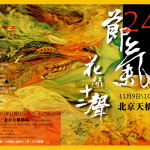
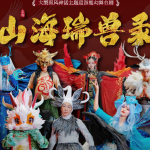

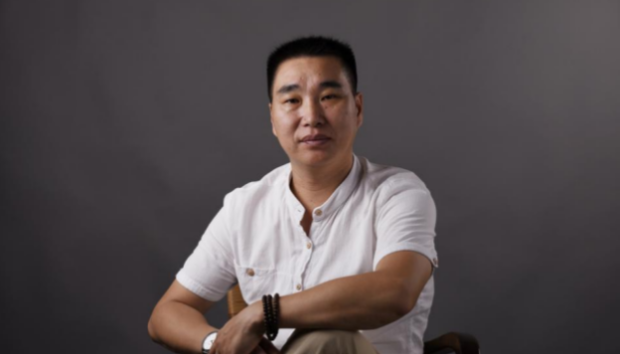


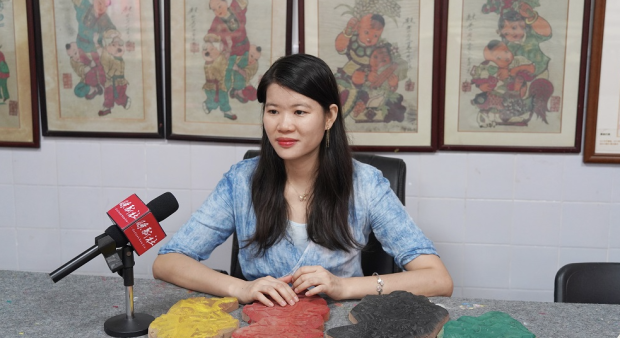

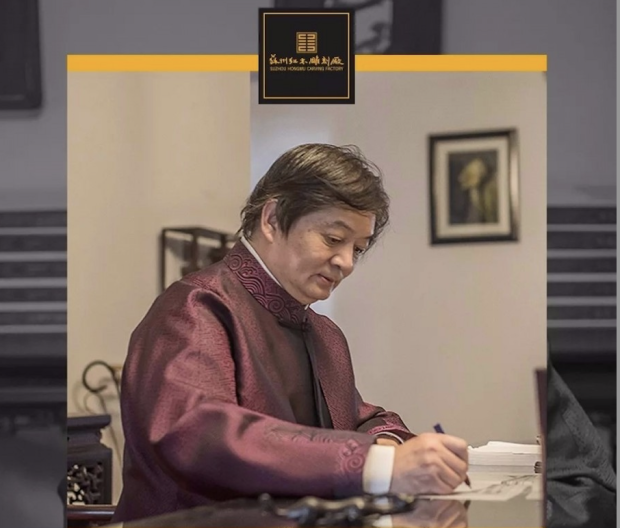
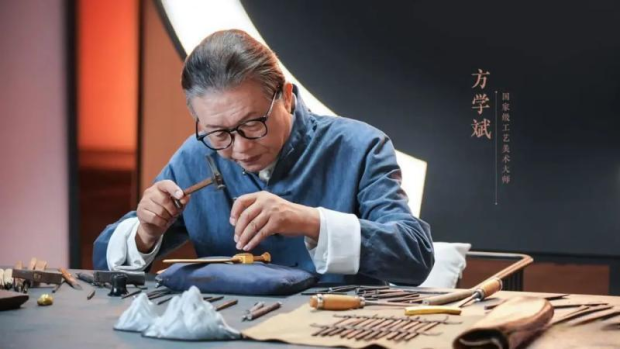

Be the first to leave a comment